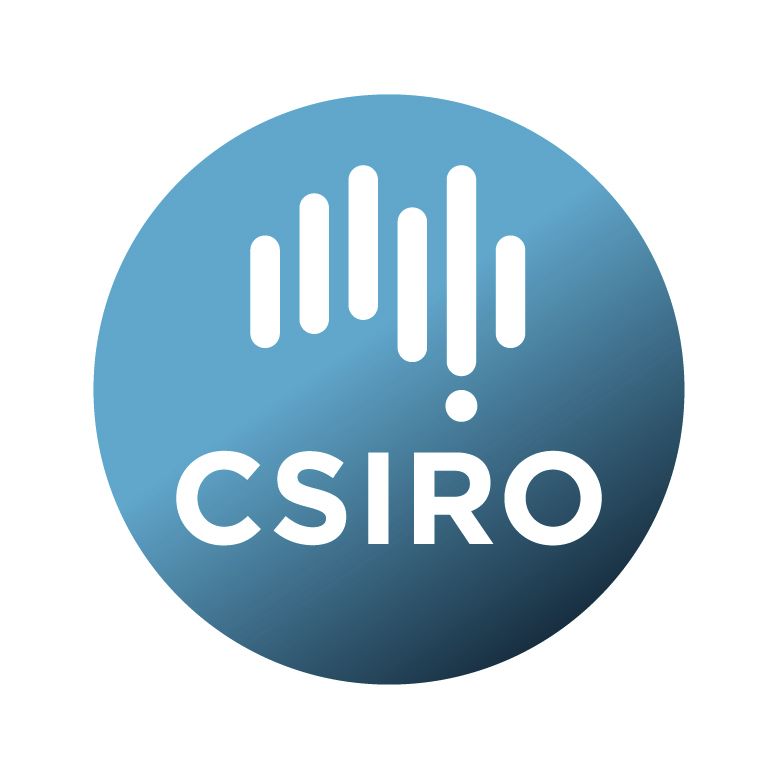Brief description
This layer group describes multibeam echosounder data collected on RV Investigator voyage IN2019_T01 titled "Collaborative Australian Postgraduate Sea Training Alliance (CAPSTAN)". The voyage took place between April 29 and May 9, 2019, departing from Hobart (TAS) and arriving in Fremantle (WA).This voyage was part of the Collaborative Australian Postgraduate Sea Training Alliance Network (CAPSTAN), a post-graduate at sea training initiative on the RV Investigator. Governed by a network of leading industry and university partners from within marine science and geoscience, CAPSTAN is a first of its kind programme which will transform the way marine science education is delivered. A truly national education initiative, CAPSTAN offers a national approach to teaching and learning in the marine sciences whilst providing a platform for institutional, industrial and generational knowledge transfer and collaboration.
Our aims have arisen out of a national desire to:
•\tDevelop an effective, efficient form of vessel‐based tertiary education by involving stakeholders and post-graduate students, and by pooling national tertiary teaching expertise and personnel resources;
•\tDevelop a national curriculum to standardise teaching protocols/methods and learning outcomes in this area in conjunction with the new data collection equipment and facilities of the Marine National Facility RV Investigator, the Integrated Marine Observatory System and external stakeholders, and;
•\tProvide and test a multi‐disciplinary research‐based teaching module for marine science postgraduates with opportunities for student mobility and national network development.
This dataset is published with the permission of CSIRO. Not to be used for navigational purposes.
The dataset contains bathymetry grids of 10m to 210m resolution of the Southern Ocean Transit produced from the processed EM122 and EM710 bathymetry data.
Lineage: Multibeam data was logged from the EM's in Kongsberg's proprietary *.all format and was converted to be processed within CARIS HIPS and SIPS version 10.3.1. Initial data conversion and processing was performed using the GSM python batch utility. Once the raw files were converted into the HIPS and SIPS format the data was analysed for noise. Zerotide was applied, and the lines were merged using the vessel file appropriate for either the EM122 or EM710. The data was then gridded at the highest resolution possible and further inspected for outliers.
CAPSTAN was a training voyage and as such much of the data was processed by students as part of the onboard training. The GSM team have provided quality control of this processes and completed any remedial processing that has been required.
The data was then gridded at multiple resolutions in python Caris batch script using a Depth filter Vs Resolution guideline derived from AusSeabed Multibeam guidelines v2 and further inspected for outliers. Final raster products are available in L3 folder of this collection. Final processed data were also exported per line as GSF and ASCII format and available in the L2 folder of this collection.
Available: 2024-02-14
Data time period: 2019-04-02 to 2019-05-09
Subjects
AusSeabed |
CSIRO |
Earth Sciences |
Engineering |
Geology |
Geomatic Engineering |
MNF |
Marine Geoscience |
Surveying (Incl. Hydrographic Surveying) |
User Contributed Tags
Login to tag this record with meaningful keywords to make it easier to discover


